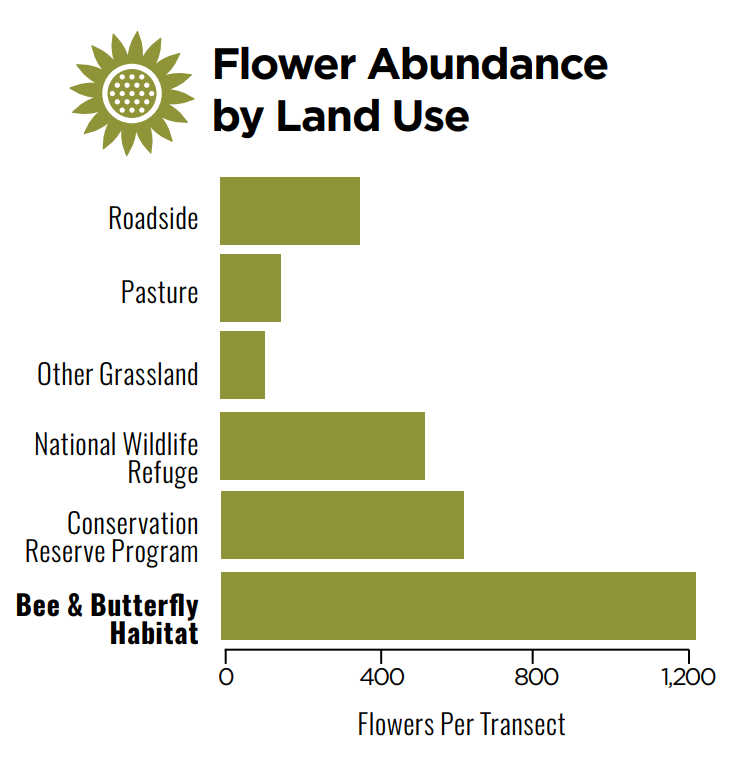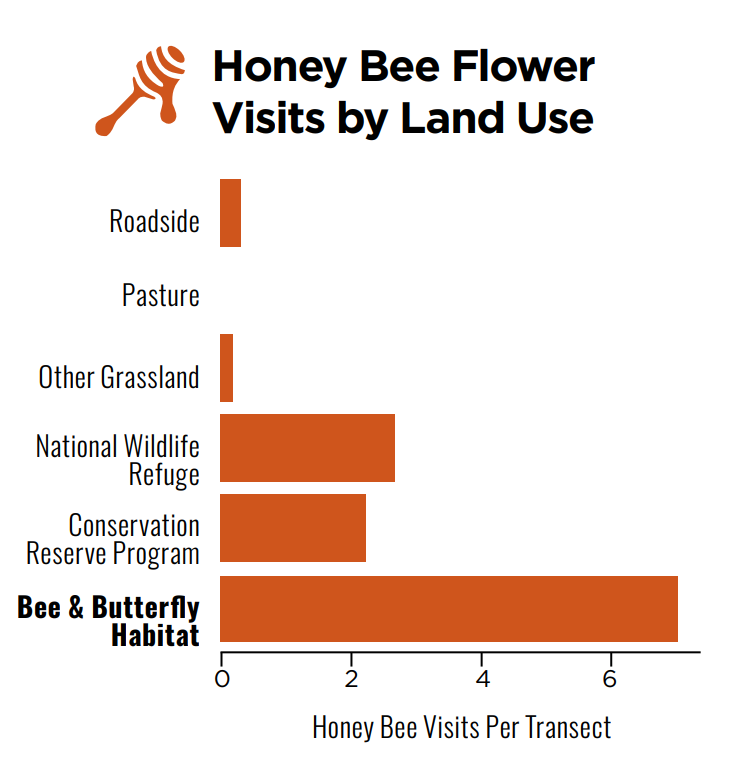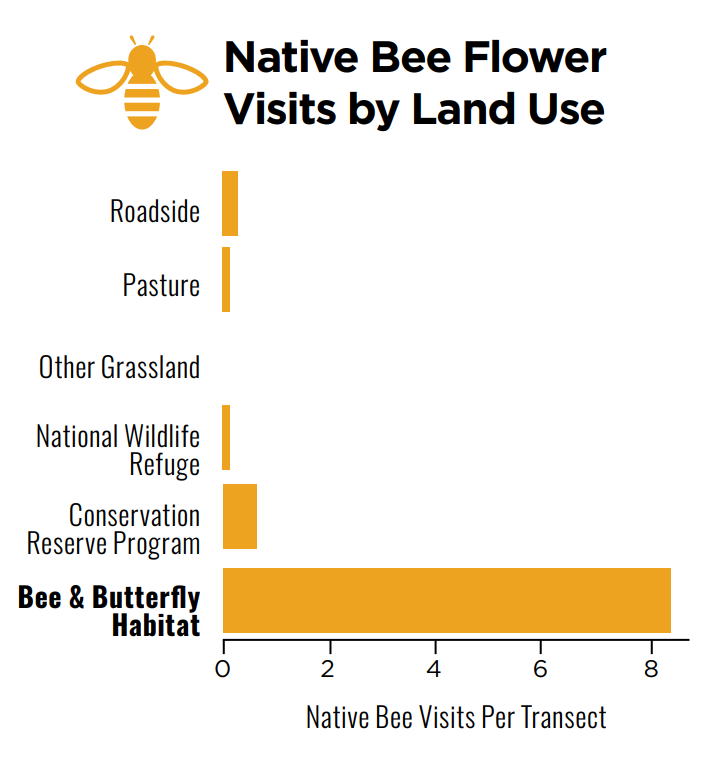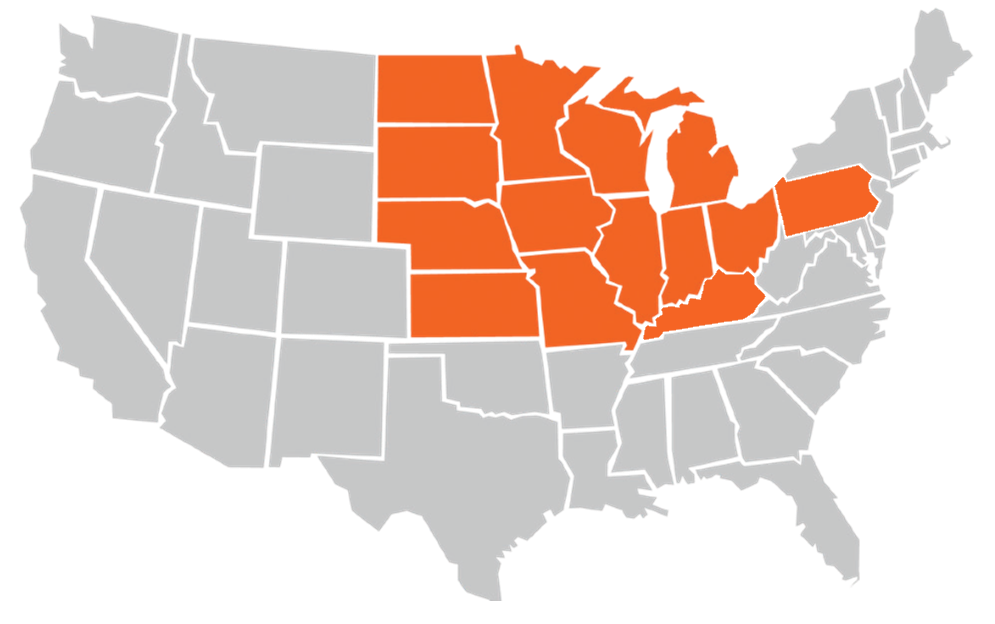The Seed A Legacy program makes it easy for owners and managers of private, public & corporate lands to create pollinator habitat that makes a difference.The program helps to establish high-quality pollinator habitat projects following our NextGen habitat project designs and NextGen seed mixes. We provide free seed and one-on-one technical guidance to ensure the success of every project. Our NextGen habitat projects are customized to your location and consist of two separate plantings: half of the site is planted with a NextGen Honeybee Seed Mix that includes many clover species, while the other half of the site is planted with a Monarch Butterfly Seed Mix that includes many native wildflowers.
Our Seed A Legacy pollinator habitat projects have been documented to provide increased pollinator benefits over other pollinator conservation programs.*
|
*Results from this study.
|
How Does it Work?
We identify private, public and corporate projects with the highest potential to create pollinator habitat, then design a NextGen seed mixture to maximize pollinator support. Each project receives FREE* seed and one-on-one technical guidance to maintain the project over the next 5 years. *Up to 25 acres. Projects larger than 25 acres receive seed mixture at heavily discounted rates. |
Who Qualifies?
We currently work with landowners & land managers that have 2+ acres AND are located in the 14-state region shown above. *More states will be added soon! Why these states? The Midwest is a critical area for all pollinators, encompassing both the migration route of the monarch butterfly and critical honey bee habitat. |
How Do I Apply?
Fill out the Interest Form below and we will email you with any next steps.
You can also view our Habitat Establishment and Management Guide for more general information about establishing pollinator habitat.
NOTE: At this time, our NextGen seed mixes are NOT available separately. |
The numbers
Since 2017, the Seed A Legacy program has planted...
4,955acres of pollinator habitat
|
16.7 Millionmilkweed seeds
|
7.5 Billiontotal seeds
|
What if I'm not in the 14-state region?
What can I do to help pollinators?
Plant pollinator-friendly flowers in your yard. Check out our Habitat Guide.
Fill out the Interest Form to be notified when we expand into your state.
Donate: Every dollar raised means more pollinator habitat created.
Help promote our efforts: Follow us on Facebook, Instagram, and LinkedIn.
What can I do to help pollinators?
Plant pollinator-friendly flowers in your yard. Check out our Habitat Guide.
Fill out the Interest Form to be notified when we expand into your state.
Donate: Every dollar raised means more pollinator habitat created.
Help promote our efforts: Follow us on Facebook, Instagram, and LinkedIn.








